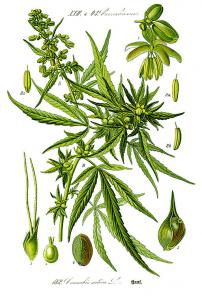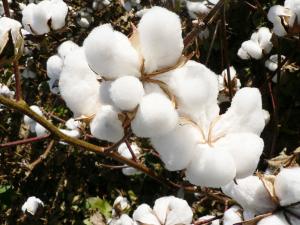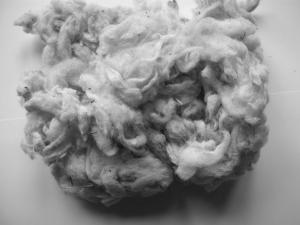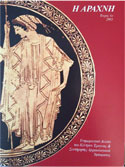Materials
Studying through all the available sources shows that in ancient Greece there existed and used a great variety of raw-materials (such as plants, animals, metals and even minerals) in textile production, which indicates a very good knowledge and understanding of the surrounding environment and its produces. Finds like the textile and felt fragments from Akrotiri in Santorini, made of yet unidentified plant fibres, suggest the use of a much wider spectrum of fibres in textile production, than the one known today. This is further confirmed by the study of a Late Bronze Age, carbonised fragment from Chania in Crete, where three different fibres have been combined in its construction: flax for the warps, goat hair for the wefts and nettle fibres for the decorative, supplementary weft.
The study of ancient texts and preserved textile finds shows that, similar to nowadays, more than one different materials were combined for the construction of a textile. Apart from the Chania textiles, fragments from the Classical period made of a combination of flax and sheep wool have been retrieved in Kerameikos.
Similar variety and diversity can be found in the pigments and dyes applied to textiles. Ancient sources inform us on the use of a wide range of both common plants as dye sources, such as chamomile, pomegranate or onion, and also more particular dyestuffs, such as kermes and murex purple, that demand vast amounts of raw materials, specific knowledge and specialised dyers. Pigments were likewise used for dyeing processed fibres, threads or textiles, and also for painting on the textiles or colouring localised areas using the encaustic technique.






